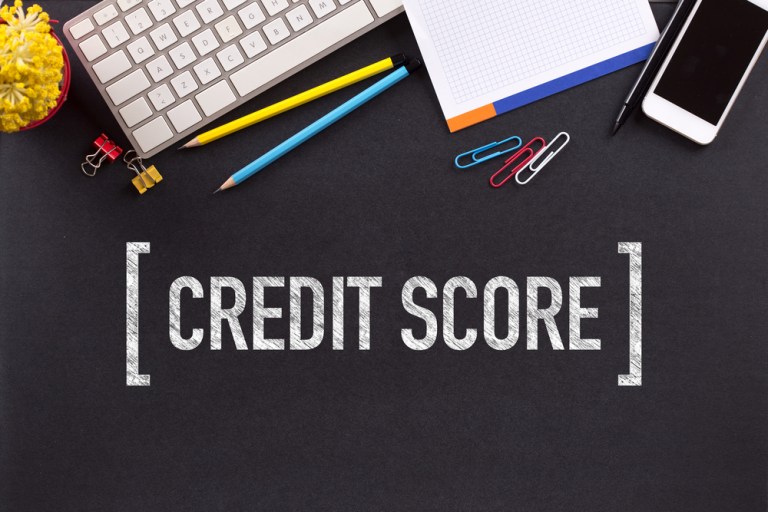
For people who are credit invisible or lack enough credit history to receive a credit score, the possibility of obtaining a mortgage, credit card or other type of loan can be nearly impossible. In order to achieve those types of goals, they often have to take on high-cost loans that aren’t reported to credit reporting agencies — and do nothing to build on their credit history.
With that in mind, the Consumer Financial Protection Bureau (CFPB) has launched an inquiry to find ways to expand access to credit for these types of consumers by looking into using alternative data sources.
A credit score is calculated from a consumer’s credit report, which can include if an individual makes on-time payments, what a consumer owes in debt and whether they have a debt or bill in collection. Credit reports can also include records such as liens, judgments and bankruptcies. A credit score is typically used to predict the chances of a consumer defaulting on a loan.
A CFPB press release explained that 26 million Americans are credit invisible, meaning they have no credit history with a nationwide consumer reporting agency. Another 19 million consumers have a credit history that has gone stale, or the history is insufficient and cannot produce a credit score. This issue usually impacts Hispanic and black consumers, as well as those living in low-income areas, recent immigrants, young people or those who have been widowed or divorced and never developed credit on their own.
The bureau is now seeking public feedback on the benefits and risks of tapping alternative data sources to make lending decisions about consumers who lack the credit history needed to take out credit cards and major loans. Alternative data would be bill payments for mobile phones and rent and electronic transactions such as deposits, withdrawals or transfers.
“Alternative data from unconventional sources may help consumers who are stuck outside the system build a credit history to access mainstream credit sources,” said CFPB Director Richard Cordray. “We want to learn more about whether this non-traditional approach can offer opportunities to millions of Americans who are credit invisible and how to minimize any risks in how this information is used.”
The CFPB is also exploring risks posed by alternative data that is inconsistent, incomplete, incorrect, overgeneralized or biased, which could have a negative impact on potential borrowers.